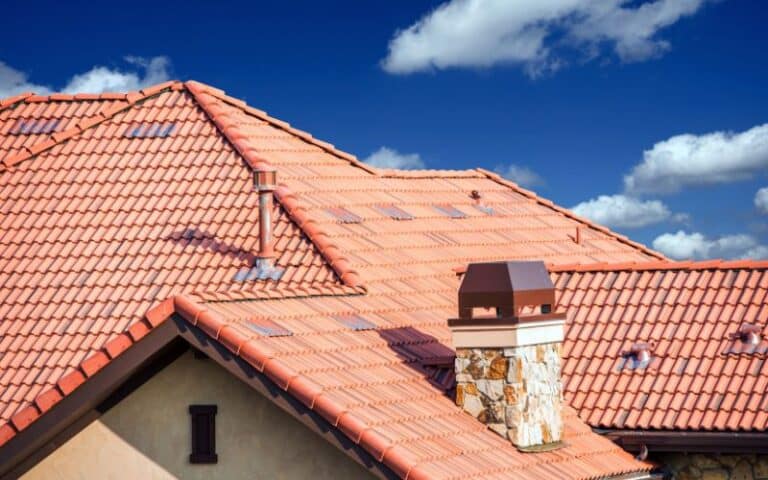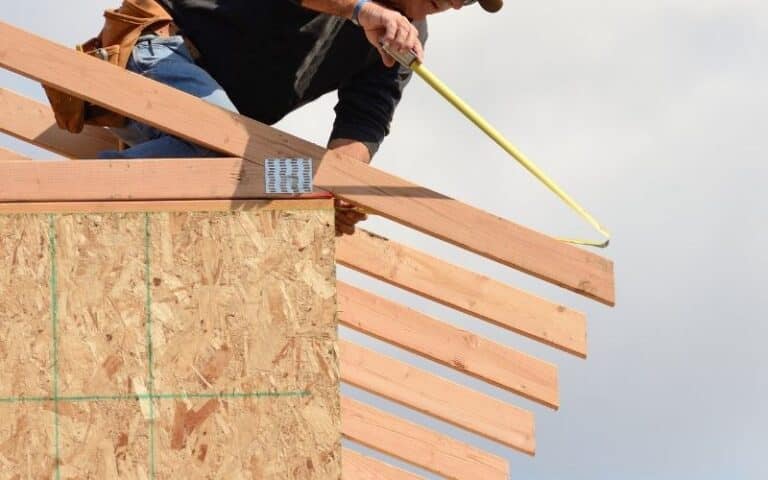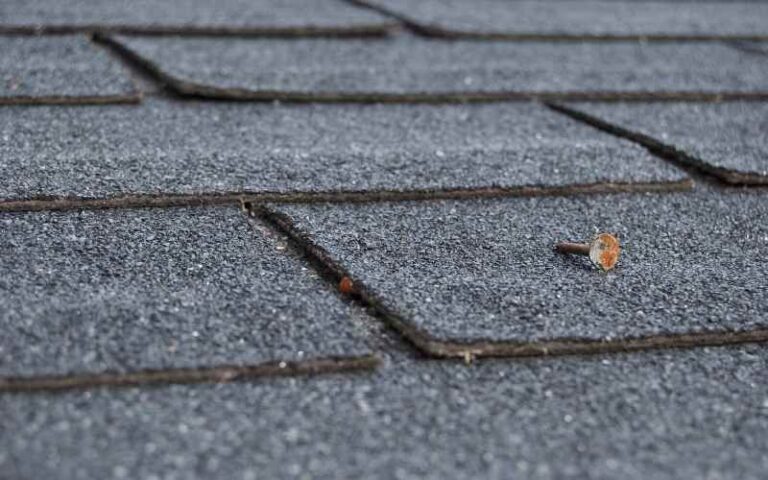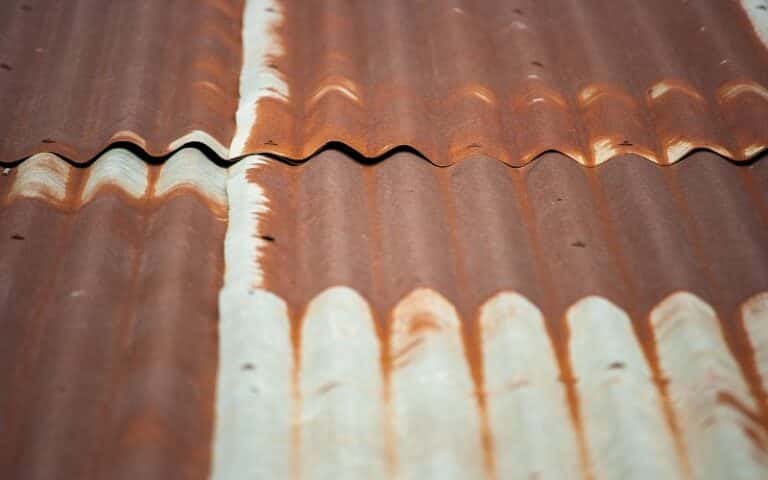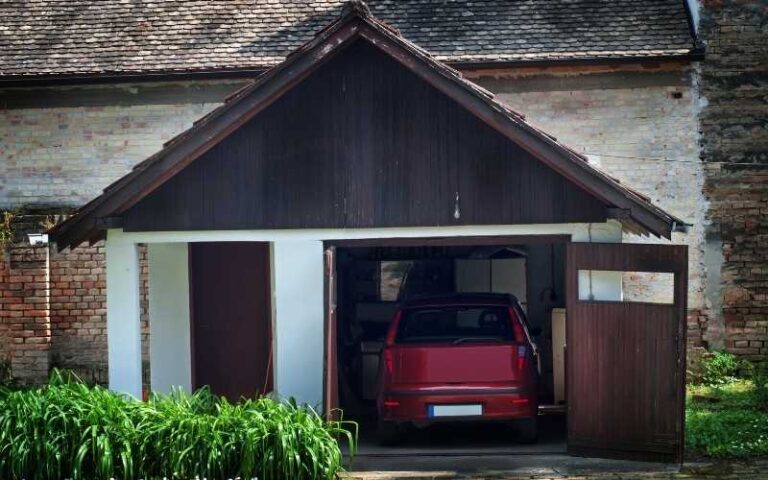This has been a frequently asked question, and many still find it difficult to understand. This article will simplify the best answer to your knowledge.
Meanwhile, roof felt, also called underlayment, goes between the roof deck and the shingles. The roof felt adds another layer of protection to your roof in its entirety.
The best way to install the roof drip edge is first along the eaves by placing an ice-and-water barrier over the drip edge flashing. This will enable any water on the roof to run down the underlayment, thereby protecting the roofing. Without which, the roof would moisturize and rot.
Ready for a Roofing Quiz?
Does Roofing Felt Go Under Or Over Flashing?
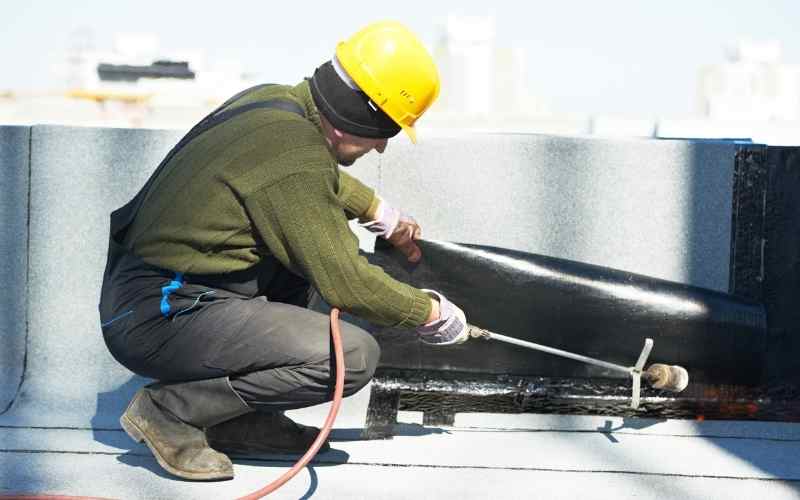
This is dependable on the point or angle in question. When at the roof’s gables, the roof drip edge goes over the roofing felt.
However, at the bottom, the drip edge goes under the roofing felt. When people talk about roof flashing, what do they imply?
Roof flashing simply is a thin, usually electrified steel that roofers utilize in directing water out from essential roof parts, wherever the roof plane and a vertical surface meet.
House owners install flashing surrounding roof features, such as vents and skylights.
Do roof valleys need flashing?
Mainly, you don’t need closed valleys to have metal flashing. Notwithstanding, you need to have an extra underlayment lining the valley.
Multiple layers of roll roofing are preferred here. Usually, you can confirm this by scrutinizing the down edge of the valley.
Do You Have To Replace Roof Flashing From Time To Time?
For most house owners, installing shingles is something they cannot overlook. Therefore, taking steps towards the protection of your roof is wise.
Flashing’s single purpose is to prevent water from entering roof penetrations, not to even talk about its relatively inexpensive cost.
Sometimes, it pays to replace it. So, for the optimum result, plan to change roof flashing from time to time. Then, I will explain why you should follow me in a few terms.
#1. Drip Edge Flashing
It is necessary to note that drip edge flashing has two types. One is used to keep the bottom from damage, and the second is used to keep the side and edge of the roof rake from incurring damage.
Regardless, both types of drip edges aid the flow of water off the roof, including the drip edge fascia.
The roof drip edge usually has ten-foot strips, and it clings to the deck of the roof before the roofing felt continues.
Only if the old drip edge eaves are still in great condition, replace them.
#2. Decorative Guttering
You would not have to fix gutter flashing when you still need your decorations attached with screws that pierce the drip edge flashing already in place.
If it’s this kind of circumstance, you should do the needful, overlaying the current drip edge using a fresh gutter apron, then cutting the extreme end of the apron to support the spikes.
#3. Valley Flashing
The valleys where a couple of roof planes meet often take the weight of the flow of water, and it gains from fresh flashing in addition to extra prevention.
Meanwhile, in order to seal valleys appropriately, you should install one roofing felt in the area atop the roof deck; before installing the roofing felt, you should attach galvanized metal flashing across the roofing felt and then shingle over it.
#4. Vertical Wall Flashing
A flashing drip edge is necessary where the plane of roofing intersects with a vertical wall, such as it is with a dormer.
It’s not always feasible to take out the previous flashing in these areas, especially if the vertical wall consists of brick and the previous flashing is filled into the joints; fresh flashing is also necessary.
Installing fresh roof flashing is natural on the edges of roofs; nonetheless, step-type flashing skills are essential in regards to vents and vertical walls. Also read, How To Bend Vinyl Flashing?
What do You need To Know To Install Roof Felt?
When you do not understand the function of roof felt, what it is and why you need it, you are likely to get it wrong.
That is why you must know what it is, as I stated in the introduction of this article. The next step is to know the sort of roof-felt you need.
After that, you are ready to lay the underlayment for your roof. However, the prep work has a hand in determining the success of your roof felt.
That is to say; your roof has to be done adequately before setting the felt. Some prep work includes; checking for the weather condition, having the roof deck clean and dry, replacing the rotten deck, etcetera.
Laying The Roof Felt
The roofing felt has to be applied in layers that overlap. Start at the bottom of the roofline.
Then make sure that any water that gets through the roofing felt will shed down without going through it. Some roofing felts are glued down.
These applications are better for flat roofs, and you can install these thick layers of roofing felt by firing the back of the roof felt with a butane torch and then applying it to the roof.
The process of Installing the roofing felt requires time and carefulness. And so, giving the proper preparation will determine how fast you can install the roofing felt paper.
The actual process of putting the felt is one of the quickest parts of the entire roofing process.
This is a significant thing to note about installing a drip edge. As for the step-by-step procedure, you need to search for it or have a professional handle the work.
Mind you, the longevity of the roofing felt depends on the roofer and the prep work conducted before the installation of the felt.
Conclusion
There is no Yes or No response to the question, “Does roofing-felt go under flashing?” Instead, the best way to install the roof drip edge is along the border first.
Then, place an ice-and-water barrier over the drip edge installation. Roof felt gives your roof a better appearance and will help it last longer away from rot, leaks, etc.

